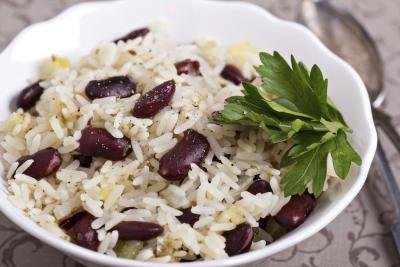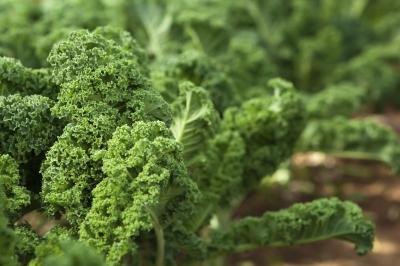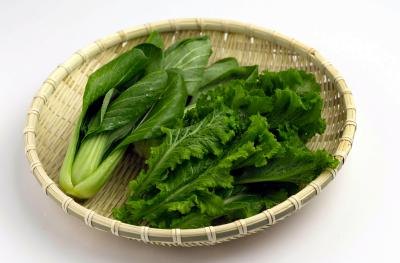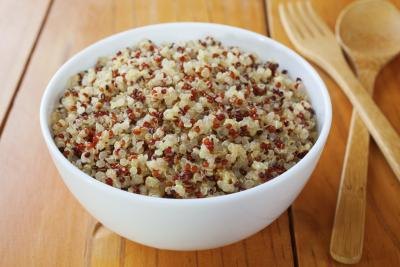
The website Shared Journey states that ovulation refers to that time when a woman's ovary releases an egg for fertilization. It happens about once a month, and is a distinct stage of the menstrual cycle. Usually one egg is released from the ovary about 2 weeks before bleeding begins. For most women with a 28-day cycle, ovulation occurs on or around the 14th day. Some women have shorter or longer cycles, ranging anywhere from 21 to 35 days. According to Spark People, failing to ovulate is one of the leading causes of infertility. Ovulation problems may be remedied by increasing daily intake of vitamin D, vitamin B6, folic acid, vitamin C and iron.
Vitamin D
According to The Telegraph website, vitamin D can improve fertility in women suffering from ovulation disorders. Low levels of vitamin D can cause problems with ovulation. Obtaining an adequate amount of vitamin D is difficult in the winter because there is less sunlight and people get the majority of their vitamin D requirements from the sun. The website Natural Health Solutions states that vitamin D plays an important role in calcium absorption and regulation and thus may help to normalize the development of a woman's follicles--fluid-filled sacs in the ovaries that contain immature eggs--and increase her odds of ovulating. Calcium assists with egg maturation and normal follicular development. The recommended daily intake of vitamin D is 1,000mg.
Vitamin B6
According to the website Stages in Pregnancy, taking vitamin B6 can improve a woman's chances of ovulating. Vitamin B6 is water soluble and it regulates a woman's hormones. This vitamin aids in restoring luteal phase defects in women experiencing ovulation problems. The luteal phase (the time from ovulation to menstruation) should be more than 10 days long (11 to 16 days is the norm) for ovulation to occur. If it is shorter than 10 days, it is called a luteal phase defect. The Vitamin Shoppe states that vitamin B6 lowers the amount of prolactin in the system. In high amounts, prolactin can disrupt ovulation and cause a woman's monthly cycle to become irregular. The recommended daily intake of vitamin B6 is 100mg.
Folic Acid
The Daily Mail website states that each year couples suffer from the infertility because the woman ovulates erratically or not at all. Women who consistently take folic acid have a lower risk of suffering problems with egg production and ovulation disorders. The website Baby Hopes states that folic acid helps to produce red blood cells as well as norepinephrine and serotonin (chemical components of the nervous system). Folic acid also helps to synthesize genetic material in every cell of the body and normalize brain function. Taking folic acid before conception reduces the risk of neural-tube defects such as spina bifida. The March of Dimes states that folic acid plays an important role in the production of normal red blood cells. An adequate amount of folic acid may help prevent strokes and cancers in some women. The recommended daily intake of folic acid for women of childbearing age is at least 400mcg.
Vitamin C
Medline Plus states that vitamin C is a water-soluble vitamin that is necessary for the body to form collagen in bones, cartilage, muscle and blood vessels. The website Natural Fertility Info states that vitamin C supports ovulation by stabilizing hormone levels, keeping the immune system healthy and aiding in iron absorption. According to Baby Hopes, vitamin C causes the body to produce more water, which increases cervical mucus. In addition, vitamin C may be able to aid in conception by making the walls of blood vessels stronger and by fighting infections, which can interfere with ovulation. The recommended daily intake of vitamin C is 65mg.
Iron
According to Natural Fertility Info, iron is a blood-building nutrient that increases fertility by helping to balance ovulation. The website Welcome Baby Home states that iron is responsible for the production of hemoglobin (red blood cells). Iron taken with vitamin C improves fertility. According to Welcome Home Baby, a deficiency in iron causes anemia, which can disrupt ovulation. Iron supplements can cause constipation, so it is important to increase water and fiber intake when taking this vitamin. The recommended daily intake of iron is 54mg.

























